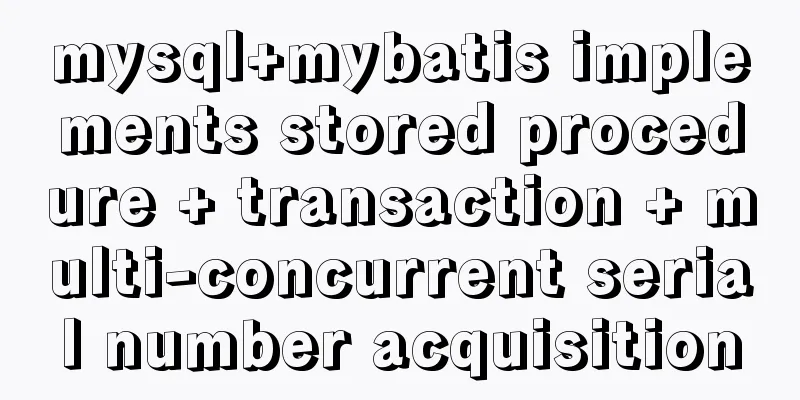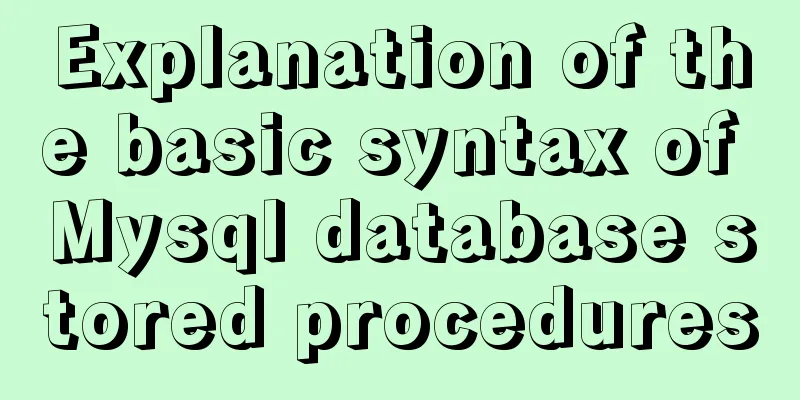TypeScript installation and use and basic data types

The first step is to install TypeScript globallyInstall using npm npm install -g typescript Install using cnpm cnpm install -g typescript Install using yarn yarn global add typescript Step 2 Initialize TypeScript
In the vscode terminal >> Run build task >> tsc: monitor tsconfig.json
Next, we can start our typescript journey~ TypeScript basic data types
// Boolean type boolean number type number string type string array type array tuple type tuple enumeration type enum any type void type never type // Boolean type let flag:boolean = true
console.log(flag) //true
// Number type let num:number = 11234
console.log(num) // 112
// string type let str:string = 'str str str~'
let str1:string = `hello this is string ${ num }` // Also supports template strings console.log(str) // str str str~
// Array type // type1 You can add [] after the element type to indicate an array of elements of this type let list:number[] = [1,2,3]
let list1:string[] = ['a','b','c']
// type2 uses array generics, Array<element type>
let list3:Array<number> = [1,2,3]
let list4:Array<string> = ['a','b','c']
//Tuple type Tuple
The tuple type allows representing an array of a known number and type of elements, where each element can be of a different type.
let x:[ string, number ]
let y:[ number, string ]
x = [ 1, 'a' ] // error
x = [ 'a', 1 ] // true
y = [ 1,'a' ] // true
// When accessing an out-of-bounds element, a union type is used instead:
x[3] = 'yuejie' // success string supports ( string | number ) type x[4] = true // error bool is not ( string | number ) type // enumeration enum Color { blue, red, orange }
enum Flag { success = 1, error = 2 }
enum Color1 { blue, red = 4, orange, green }
let c:Color = Color.red // 0
let result:Flag = Flag.success // 1
let d:Color1 = Color1.orange // 5
let e:Color1 = Color1.blue // 0
// Any type
// Avoid strong type language detection when you don't know what value the user dynamically enters. You can use the any type to mark let notSure:any = 4
notSure = 'this is any' // ok
notSure = true // ok
let list0:any[] = [1,true,'free']
list0[2] = 1 //ok, no type specified // Void type // means no type. When a function does not return a value, you will usually see its return type as void.
function user():void { console.log( 'this is void' ) } // no return value function user1 ():number { return 123 } // returns number type let user2:void = undefined | null // useless, can only use undefined and null
// Null and Undefined are not explained let u: undefined = undefined;
let n: null = null;
// The Never never type represents the type of values that never exist. The never type is the return value type of function expressions or arrow function expressions that always throw exceptions or never return values at all.
neve = 123 // error
// A function returning never must have an unreachable endpoint neve = (() => { throw new Error('err') })() // success
function loop(): never {
while (true) { }
}
// PS Today's tutorial ends here for now, and the object type will be updated laterThis is the end of this article about TypeScript installation and usage and basic data types. For more information about TypeScript basic data types, please search for previous articles on 123WORDPRESS.COM or continue to browse the following related articles. I hope you will support 123WORDPRESS.COM in the future! You may also be interested in:
|
<<: MySql 5.6.36 64-bit green version installation graphic tutorial
>>: Can Docker become the next "Linux"?
Recommend
HTML table markup tutorial (10): cell padding attribute CELLPADDING
Cell padding is the distance between the cell con...
How to authorize all the contents of a folder to a certain user in Linux?
【Problem Analysis】 We can use the chown command. ...
Solution to running out of MySQL's auto-increment ID (primary key)
There are many types of auto-increment IDs used i...
15 Linux Command Aliases That Will Save You Time
Preface In the process of managing and maintainin...
js canvas realizes rounded corners picture
This article shares the specific code of js canva...
Use CSS3 to implement button hover flash dynamic special effects code
We have introduced how to create a waterfall layo...
Detailed explanation of MySQL multi-table join query
Table of contents Multi-table join query Inner Jo...
Deleting files with spaces in Linux (not directories)
In our daily work, we often come into contact wit...
Detailed steps for installing Harbor, a private Docker repository
The installation of Harbor is pretty simple, but ...
Discuss the value of Web standards from four aspects with a mind map
I have roughly listed some values to stimulate ...
How to use the HTML form attributes readonly and disabled
1. readonly read-only attribute, so you can get th...
Table paging function implemented by Vue2.0+ElementUI+PageHelper
Preface I have been working on some front-end pro...
The big role of HTML meta
There are two meta attributes: name and http-equiv...
Full analysis of web page elements
Relative Length Units em Description: Relative len...
Example code for implementing large screen adaptation on PC using vue+px2rem (rem adaptation)
Configuration Preface Project construction: built...











